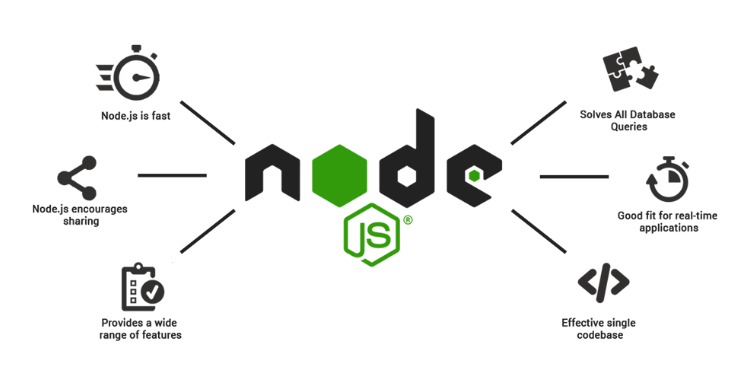Unlocking the Power of Node.js in Progressive Web App Development
Progressive Web Apps (PWAs) have revolutionized the way we build and experience web applications. These innovative web applications combine the best of both worlds, offering the speed and reliability of native apps while remaining accessible through standard web browsers. Node.js, with its non-blocking, event-driven architecture, has emerged as a powerful technology for developing PWAs. In this article, we’ll explore the benefits and capabilities of Node.js in PWA development.
Understanding Progressive Web Apps (PWAs)
Progressive Web Apps are web applications that leverage modern web technologies to provide users with a native app-like experience. They are designed to work seamlessly across various devices and platforms, offering features such as offline access, push notifications, and smooth performance. PWAs are known for their responsiveness, reliability, and engagement, making them an excellent choice for businesses looking to enhance their online presence.
Node.js and PWA Development
- Server-Side Rendering: Node.js is renowned for its server-side rendering capabilities. This feature is vital for PWAs, as it allows the server to pre-render web pages and deliver them to the client, significantly improving page load times and enhancing user experience.
- Service Workers: Service workers are a core component of PWAs, responsible for caching assets and enabling offline functionality. Node.js, when used with service workers, facilitates efficient asset caching and dynamic content updates, ensuring a smooth user experience even with a spotty internet connection.
- Real-Time Features: Node.js is an ideal choice for developing real-time features in PWAs. Its event-driven architecture and WebSocket support enable instant updates and live interactions within the app, enhancing user engagement.

- Scalability: Node.js is known for its scalability, making it suitable for PWAs with growing user bases. Whether you’re building a PWA for a small business or a large enterprise, Node.js can handle the increased load gracefully.
- Cross-Platform Compatibility: PWAs built with Node.js are inherently cross-platform. They can run on various operating systems and devices js development company, eliminating the need for platform-specific development, which can be time-consuming and costly.
- Package Management: Node.js offers npm (Node Package Manager), a vast ecosystem of open-source packages and modules. Developers can leverage these packages to accelerate PWA development, add features, and maintain code quality.
- Community and Support: Node.js has a thriving community of developers and extensive documentation. This support network ensures that developers have access to valuable resources and assistance when building PWAs.
Node.js has established itself as a compelling choice for Progressive Web App development. Its robust features, including server-side rendering, service workers, real-time capabilities, scalability, and cross-platform compatibility, make it an excellent fit for building PWAs that offer exceptional user experiences.
As businesses continue to invest in PWAs to reach and engage their target audiences, Node.js remains a valuable tool for developers seeking to create high-performance, responsive, and feature-rich web applications. With the power of Node.js and the principles of PWA, you can provide users with fast, reliable, and engaging experiences across the web.



